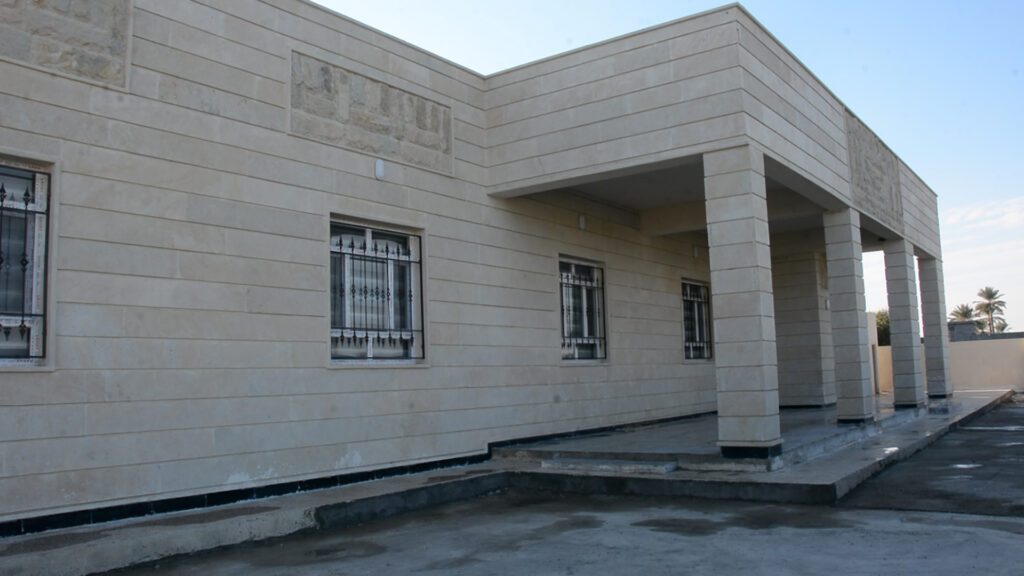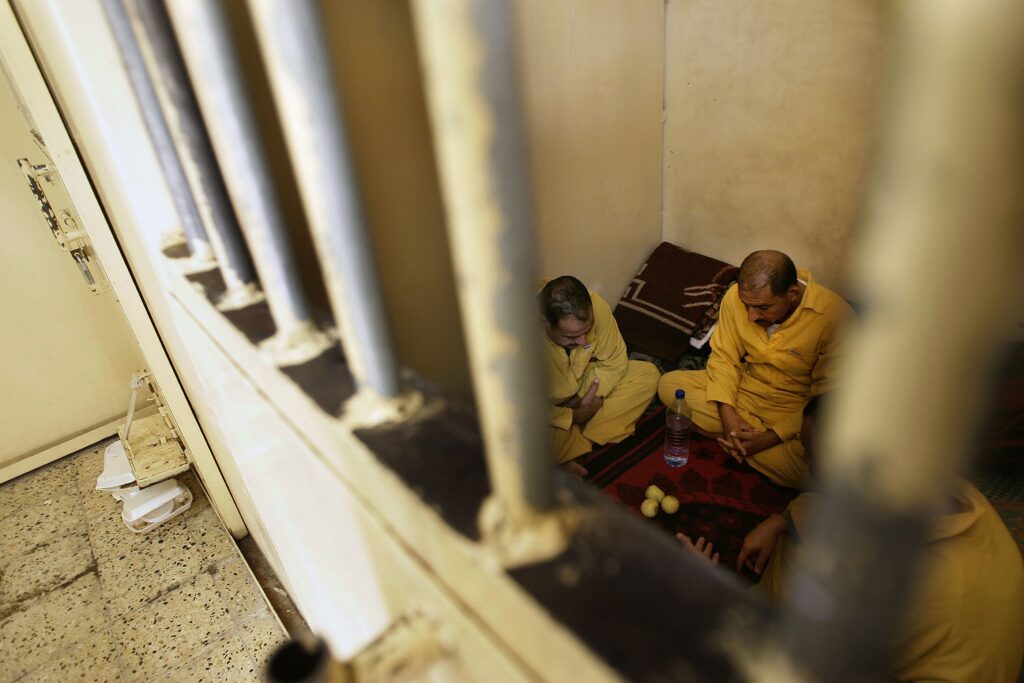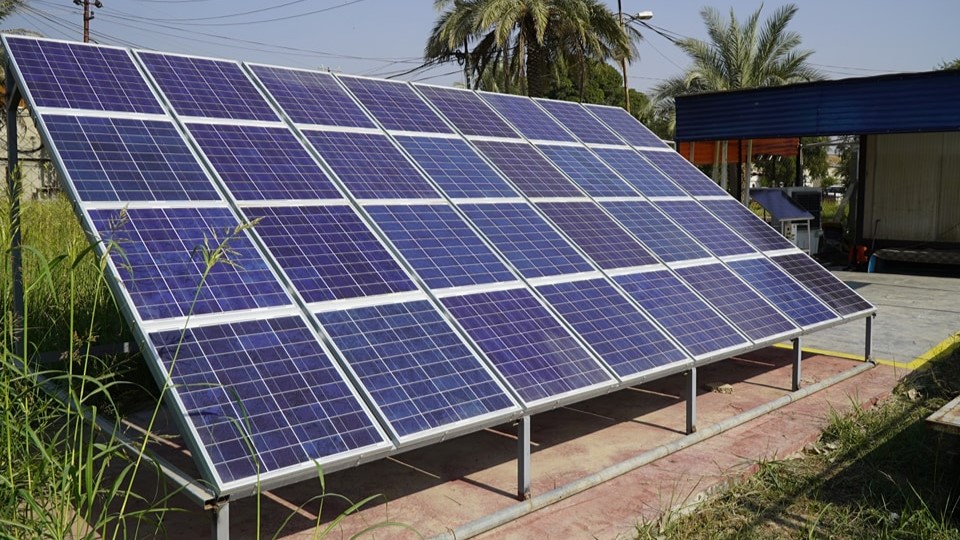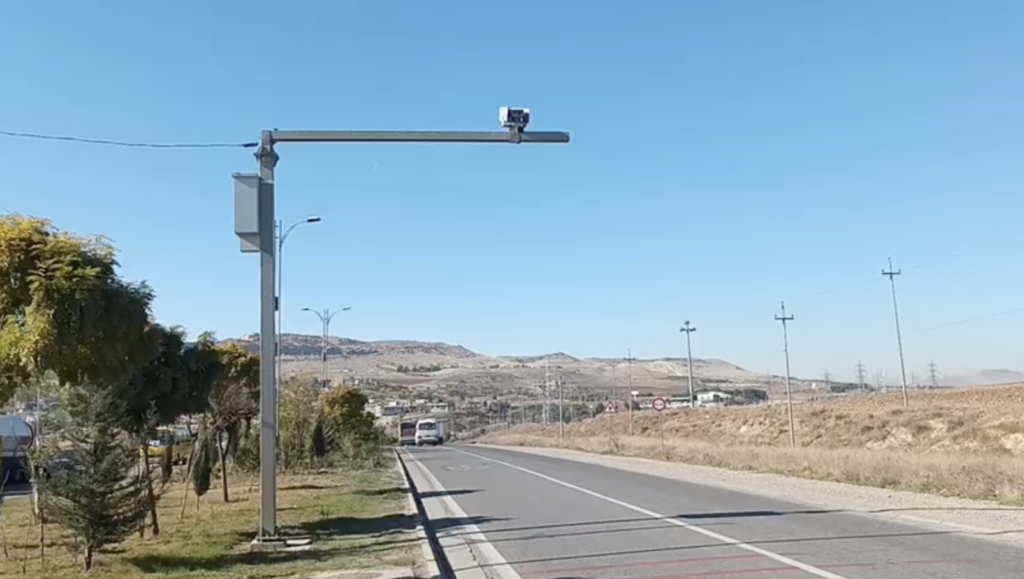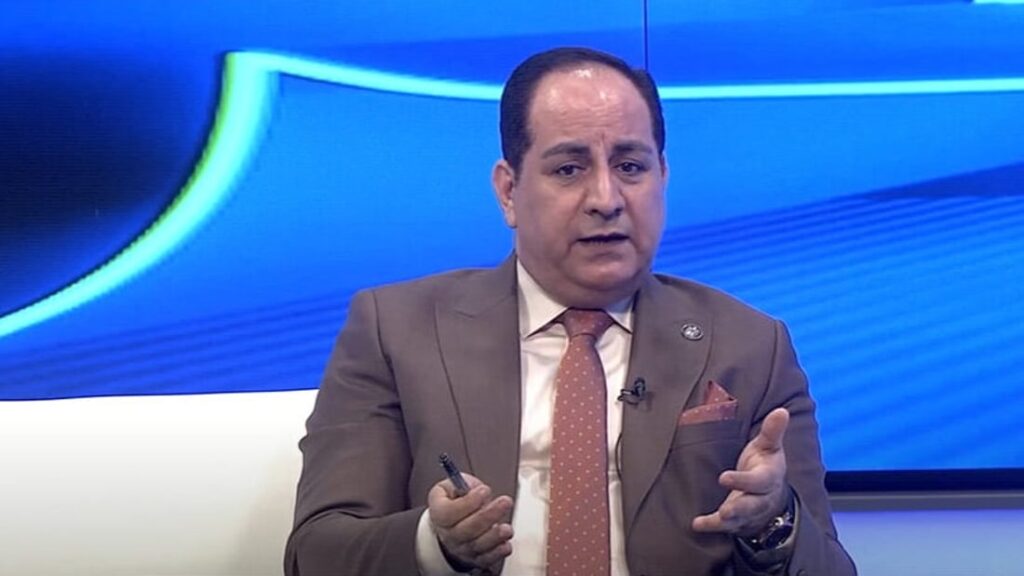Iraq: Technical and Environmental Efficiency of Wheat Farms in Saline Irrigated Areas of Central Iraq

The study Technical and Environmental Efficiency of Wheat Farms in Saline Irrigated Areas of Central Iraq investigates the impact of soil salinity on technical efficiency (TE) and environmental efficiency (EE) in wheat production in central Iraq, where 360 farmers interviewed in winter season 2015-2016.
In developing countries, even though irrigated agricultural land covers only 20% of all arable land, it accounts for 47% and 60% of all crop and cereal production respectively. In total, 11% of irrigated area is affected by salinity (Pakistan, China, United States, and India present more than 60% of this percentage). The removal of salts from the soil through leaching and drainage increases the salinity of drainage water, which then might be up to 50 times more concentrated than irrigation water, in which surface water supplies 62% of the irrigated area. Irrigated area disposal can raise the salinity of receiving water bodies to levels that make them no longer usable.
In recent years, various regions have lost significant agricultural production due to soil salinity. There are no reliable estimates as to the effect of water logging and salinity on agricultural production at farm level, regional level, and global scale, as a result of human-environment interactions in arid and semi-arid regions.
Salinity and low crop productivity in Iraq
This situation is particularly critical for the irrigated areas in central and southern Iraq, which produce the most important share of summer crops for the country. In Iraq, many studies have focused on the relationship between agricultural productivity and salinity of irrigation water, but from a publication standpoint, the relationship between agricultural productivity and soil salinity has been ignored.
The socioeconomic characteristics of wheat farmers, who were interviewed in the research, shows that there were three types of families in the study area: about 45% of wheat farmers have a nuclear family structure, while 34 % and 21% have extended and polygamous family structures, respectively. With a large proportion of females in total household members, only 7.5% of them have their own farm.
The amount of irrigation has a significant positive effect on production. Likewise, urea fertilizer, labour, and mechanization have significant positive effects on production. Holding other factors constant, farmers in the study area can increase production by increasing each one of these inputs. Further, the findings of the study suggests five main sources of inefficiency:
- The first was the soil electrical conductivity (EC). Soil electrical conductivity (EC) is a measure of the amount of salts in soil (salinity of soil). It is an important indicator of soil health. If the EC of soil is reduced, this leads to a reduction in the technical inefficiency.
- The second source was the location of the farm. For example, if the farm is closer to the main river, it will be more technically efficient.
- The third source was the location of the farm in terms of reclaimed land, on which they will be more technically efficient.
- The fourth source was the agricultural experience of the farmer, which was associated positively with technical efficiency.
- Finally, the wheat variety has a significant impact on technical inefficiency. The farmers who used IBAA variety are more technically efficient than non-IBAA users.
One way to remove the inefficiency in wheat production and increase productivity in Iraq is to improve the efficiency of resources used in wheat production through reducing soil salinity at the farm level. This threat could be managed through investing in reclaimed land.
There is a space for recommendations that could improve technical efficiency (TE) and environmental efficiency (EE) in the study area, such as:
- raising awareness on the use of adequate fertilizer quantities through farmer training and workshops, as well as extension;
- enhancement of wheat farming management;
- reductions of soil salinity in the course of reclamation of land;
- reduce subsidies level of fertilizers and increase subsidies level for other inputs (i.e. organic fertilizers).
Further references
4 July 2019. Special event for the winner of the first award of agricultural development international
Abdulradh, M. J., Dhehibi, B., Kadhim Jbara, O. and Shideed, K. (2018). "Technical and Environmental Efficiency of Wheat Farms in Saline Irrigated Areas of Central Iraq" Athens: ATINER'S Conference Paper Series, No: ECO2017-2377.
The International Center for Agricultural Research in the Dry Areas (ICARDA –) and the Arab Fund for Economic and Social Development) (AFESD) - funded this research.
The Iraq Salinity Initiative, funded by the Australian Centre for International Research (ACIAR), AusAID and the Italian Government was designed in 2010 for the Government of Iraq and for the Iraq farmers by a group of international agencies led by ICARDA to solve the problems of Iraq’s salty soils and salty irrigation water. (period: from January 2010 to December 2013)
For more information, please contact Dr. Boubaker Dhehibi, Senior Natural Resources Economist - Social, Economy & Policy Research (ICARDA): B.Dhehibi@cgiar.org


